

Mechanical keyboards are all the rage these days. What was once a throwback piece of technology that was only desired by hardcore gamers and the nostalgic has now become one of the most expensive, high-quality keyboard types you can find.
But, what should you look for if you are in the market for one? We’re here to help. Let’s start back at the beginning.
To be perfectly honest, you don’t need one — but that’s not to say there aren’t some really good reasons to consider one. If you have the time, you should start with our mechanical keyboard primer. If you don’t have the time, here are a few quick reasons.
For one, mechanical keyboards tend to be heavier and better built than your typical membrane-style version that most computers ship with nowadays. They’re durable and designed to stand up to heavy use.
If you tend to form sentimental attachments to your devices over time, the mechanical keyboard is sure to be your new best friend.
They’re also great for gamers. In fact, the most hardcore gamers wouldn’t consider anything less than a fully mechanical keyboard. The reason? Accuracy. The satisfying click and non-mistakable tactile response give you real-time feedback that just can’t be found on most membrane or scissor-style keyboards.
If you’re a writer, you’ll love the feel and the sound of the mechanical keyboard. Many users report that switching to a mechanical keyboard improves keystroke accuracy, which leads to fewer errors and typos.
Only you can know which keyboard technology is right for you, but you should definitely try a few out before purchasing. Convinced? Great! Here are some important things you should keep in mind when shopping for one.
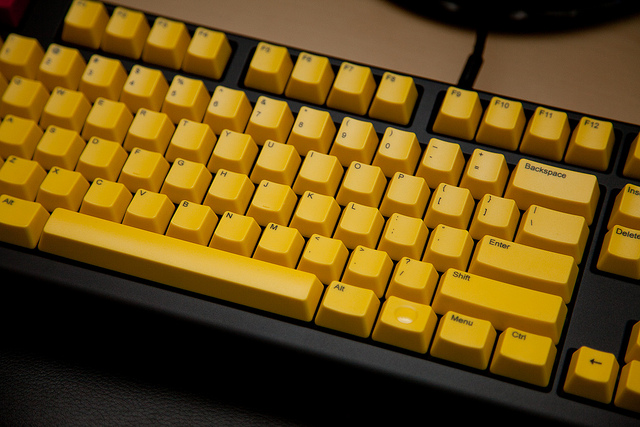
One of the most daunting parts of buying your first mechanical keyboard is all of the jargon from manufacturers and enthusiasts. If you don’t know your “feels” from your “Topre”, then this is a good place to start.
This typically describes the physical switches used by the keyboard. Feels range from rubber dome and scissor switches (which technically are mechanical keyboards, but not what most people mean) to the buckling spring, ALPS, and the more common Cherry MX. If you’re looking for high end feels, then Topre is the way to go.
We’ll dive further into switches later, but for now, all you need to know is that switches are the mechanisms that actuate (or determine) when you’ve pressed a key on your keyboard. It’s what provides the tactile response when typing, and it also influences both the amount of pressure needed to press down and the noise produced.
The percentage is meant to be a rudimentary term for determining the size of a keyboard, which sometimes (but not always) correlates to the features available on said keyboard.
Most keyboards are 60% or TenKey.
The tactile feedback provided upon a key press.
The distance travelled between fully extended keys (at rest) and a fully actuated key (pressed). Laptops often feature shorter travel distances than desktop keyboards, for example.
The noise made by the switch when the key is depressed to the actuation point.

Unlike the typical scissor or membrane-style keyboard, mechanicals are often sold with specific switches depending on your purpose. For example, certain switches require you to bottom out — or fully depress — the key before actuation, while others have shorter travel distances for quicker clicks.
Writers tend to prefer shorter travel distances while gamers often prefer those that require you fully depress them (in order to avoid accidental button presses).

This one is something you’ll have to research or experiment with — preferrably both.
Is it worth it to go with high-end switches, or is a cheaper model more than okay for your needs? Do you need a backlit keyboard? A number pad? How long do you need it to last? These are just a few of the questions you should be asking before spending $100+ on a new keyboard.
Between all of the various features and the quality of hardware, the price of a keyboard can be as high as a few hundred dollars. Then again, they’re designed to last for years (or even decades), so you might be able to justify the cost if you’re a “buy it for life” kind of person.
While you can purchase a mechanical keyboard for under $60, most of the well-respected mid-grade models will set you back around $100 or so. If you’re jumping into the high end, you can easily get into the $150-$500 range depending on parts and features.
I can’t stress this enough. Mechanical keyboards vary a great deal in terms of noise level. If you are sensitive to the clicking sound created by a keyboard, pick a switch that makes less noise. That said, some enjoy it and they prefer a “clickier” keyboard with noisy switches.
No matter what your preference, there’s a switch to get you there.
Ah, switches. This is a huge part of the mechanical keyboard experience. Knowing what you intend to use the keyboard for and what levels of noise, travel distance, and bump you desire will allow you to narrow down your options considerably.
By far, the most popular switches are Cherry MX, and they come in multiple varieties that offer different features depending on just what you are looking for. Remember, one of the biggest perks for going mechanical is the level of customizability it offers.
There are dozens of switches available, so we’re only going to explore three of the most popular. There’s a good chance that one of these will suit you, but if you really want something more specific, I assure you it’s out there.
These switches offer no tactile or audio feedback. That means you don’t feel any bump upon actuation, nor will you hear any noise. The actuation process is uniform throughout the entire travel distance and feels the same when you start the keystroke all the way to bottoming it out, and back.
Gamers tend to prefer Black.
This switch has a slight bump and a clicking sound that you’ll hear upon actuation. Pressing the key to about the halfway point actuates it, so unlike the Black, you don’t need to bottom it out in order to get the job done.
Writers tend to love this one as the click sound is satisfying, and even a touch reminiscent of typewriters — although by comparison, these aren’t as loud and have a higher pitch. The short travel distance also allows less effort per keystroke, which leads to faster typing and less finger fatigue.
This is almost the same switch as the Blue, only it’s much quieter. You still have a short travel distance and halfway point actuation, but without the loud click with each press.
This is great for those that want the shorter travel distance of the blue, but work in an office or around others and don’t want to annoy them with the noise.
Not all mechanical keyboards are created equal. In fact, some use cheaper membrane or scissor-style switches that are designed to emulate the sound, feedback, and pressure of something like a Cherry MX or Topre.
These are almost always of a lower quality and if you’re looking for the genuine mechanical experience, you should avoid them at all cost. Stick with reputable switches and manufacturers.
Just because it’s trendy, it doesn’t mean that you need to rush out and buy a new $150+ keyboard with Cherry MX Black switches, backlighting, and programmable keys. While it’s undeniably cool and many find it satisfying after making the switch, it’s certainly not for everyone.
Try out a few models and be sure that you’re really getting a better typing experience out of the mechanical upgrade than you are of your current model.

 Razer BlackWidow Tournament Edition Essential Mechanical Gaming Keyboard
Fully programmable keys + 5 additional gaming keys with on-the-fly macro recording
Razer BlackWidow Tournament Edition Essential Mechanical Gaming Keyboard
Fully programmable keys + 5 additional gaming keys with on-the-fly macro recording
Price: $79.00
Buy Now at Amazon.com
Unlike the other two featured here, the BlackWidow features its own proprietary switches that are aimed at speed and responsiveness required for tournament-level gaming. It’s not as feature-rich as some others, but it’s a solid start into the world of mechanical keyboards, especially for gamers.
Pro Tip: If you plan on recording macros, try Synapse.
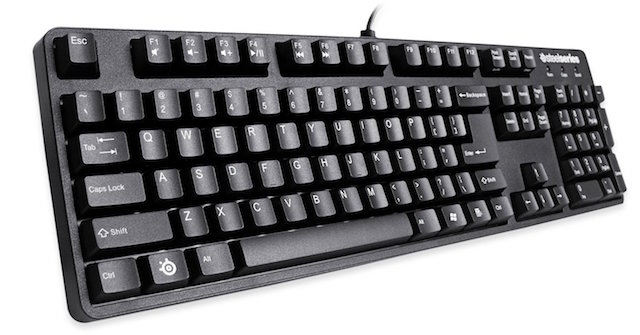
 SteelSeries 6Gv2 Mechanical Gaming Keyboard
18K-Gold plated mechanical switches and USB connectors
SteelSeries 6Gv2 Mechanical Gaming Keyboard
18K-Gold plated mechanical switches and USB connectors
Price: $82.60
Buy Now at Amazon.com
The SteelSeries features a relatively unassuming look, but inside you’ll find a well-built underbody with metal construction that’s meant to last for years. In fact, manufacturer estimates state that this should last 50 million key presses or more. It has Cherry MX Red switches and a red backlight that gives a sort of alien-like glow.
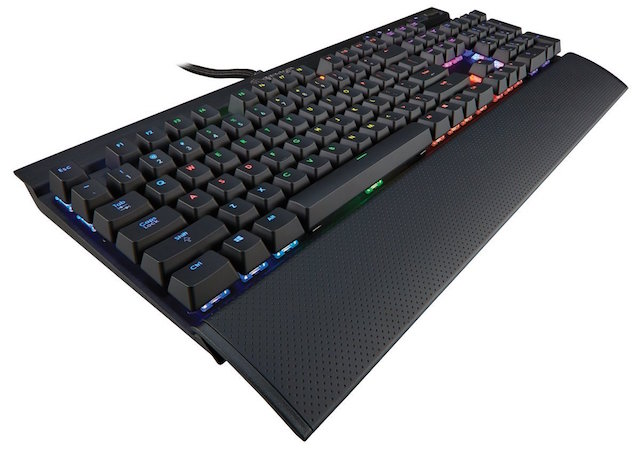
 (OLD MODEL) Corsair Gaming K70 RGB LED Mechanical Gaming Keyboard - Cherry MX Red (CH-9000068-NA)
100% Cherry MX RGB mechanical key switches for ultimate performance
(OLD MODEL) Corsair Gaming K70 RGB LED Mechanical Gaming Keyboard - Cherry MX Red (CH-9000068-NA)
100% Cherry MX RGB mechanical key switches for ultimate performanceThis is based on a legacy line by Corsair called the Vengeance, and much like its predecessor, the K70 is highly customizable with nearly every feature you could want or need. The switches are available in Cherry MX Red, Blue, or Brown, and the the key-by-key backlighting is as convenient as it is cool to look at.
Plus, like any great keyboard, it features macro keys, except on this particular model you can set a macro on any keys, not just pre-defined ones.
Do you own a mechanical keyboard? Ever thought about switching? Let us know your likes, dislikes and tips on purchasing a good keyboard in the comments below.
Image Credits: WASD Keyboard by Robert Freiberger via Flickr, Computer Keyboard by Marcie Casas via Flickr, 401(K)2 2012 by 100 Dollar Bills via Flickr



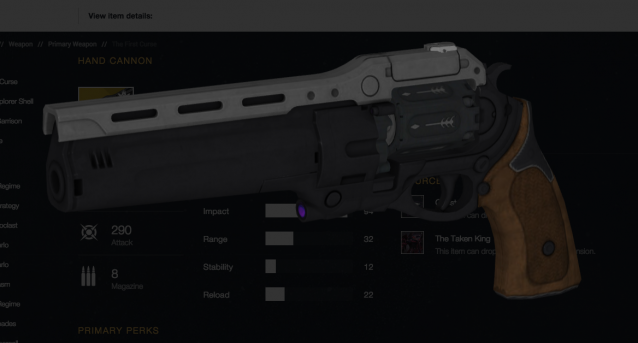
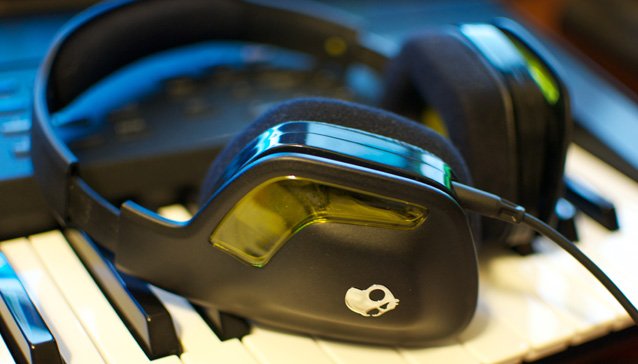 Skullcandy SLYR Headset Review
Skullcandy SLYR Headset Review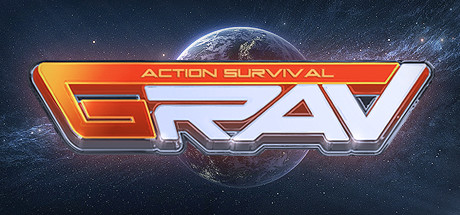 How to Fix GRAV Minimize Bug, Crashes, Freeze, Lag and Spinning Screen, Increase Blueprint drops
How to Fix GRAV Minimize Bug, Crashes, Freeze, Lag and Spinning Screen, Increase Blueprint drops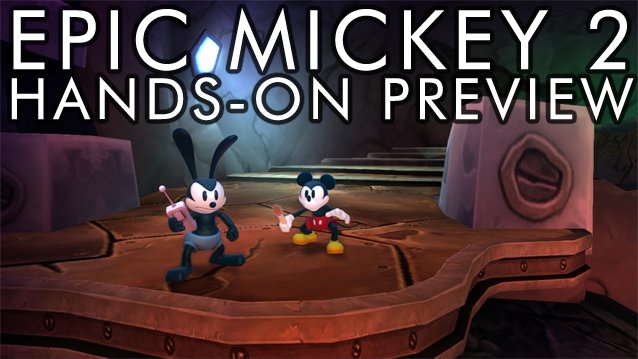 Epic Mickey 2: The Power of Two Hands-On Preview
Epic Mickey 2: The Power of Two Hands-On Preview Bungie Aerospace - What it all means
Bungie Aerospace - What it all means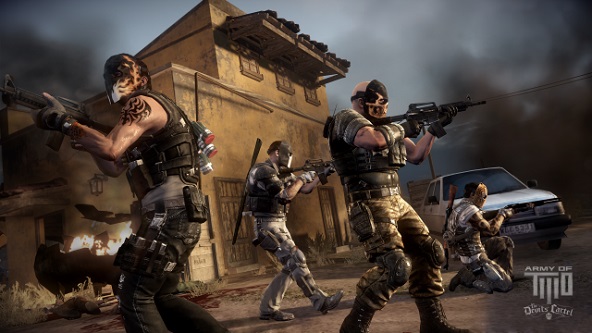 Army of Two: The Devil’s Cartel Walkthrough
Army of Two: The Devil’s Cartel Walkthrough